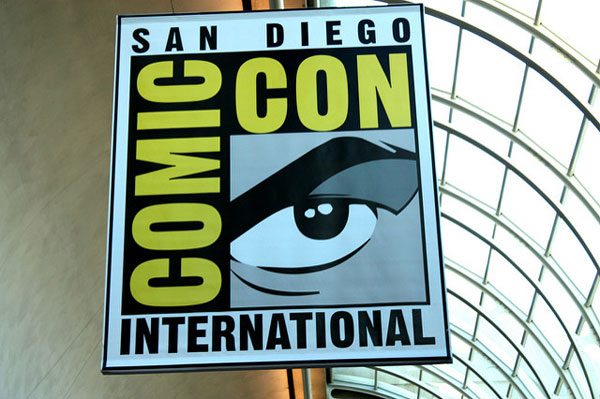
March 6, 2018; Voice of San Diego
In San Diego, Comic-Con is a major institution. Rising from humble beginnings in 1970, the nonprofit Comic-Con International estimates that today 130,000 people attend its annual flagship San Diego convention. Last year, Chris Chafin in Rolling Stone wrote that the convention “completely fills (and spills beyond) the 11 acres of the San Diego Convention Center and contributes a whopping $150 million annually in economic impact to the city. This is to say nothing of the multiple, multi-billion-dollar superhero, science fiction, video game and fantasy franchises which rely on exposure at Comic-Con, and whom the convention relies on to create new fans.” And, if this wasn’t abundantly clear already, the box office totals for Black Panther—whose revenues already exceed $500 million nationally and over $900 million worldwide—speak to the broad appeal of the industry Comic-Con showcases.
Now, as Kinsee Morlan writes in Voice of San Diego, Comic-Con is launching a museum “to celebrate comics, movies, television and other popular arts year-round in its yet-to-be-named facility. There’ll be exhibitions, panels, film screenings and other events. The space will also serve to document Comic-Con’s own history and legacy.” According to Morlan, museum organizers hope to open the museum’s doors “18 months after they raise the money.” The parent nonprofit will be a leading funder, but it is also looking for additional outside support.
High hopes animate this project. As Morlan explains, “Just like its wildly popular annual convention, the space could attract hordes of new visitors, livening up what’s become the quietest corner of Balboa Park.”
Adam Smith, Morlan adds, was hired last October to direct the museum. Smith brings to the job 20 years of museum experience. Smith told Morlan that “specifics are still hazy, but a few things are starting to become clear. For starters, he’s not ready to dub the new space a museum just yet. He’s toying with calling it a center or something else that better communicates its mission of showcasing contemporary exhibits that focus on what’s happening now or in the future.”
Smith also says that a collaborative model of curation will be a priority. As Smith explains, “Comic-Con has been very fan-driven in terms of the content…we want to continue that way of thinking in the way we think about content for this place. So, I’m seeing myself as much a facilitator of the voice and interests of the fan coming into this space as I am a curator in a traditional model.”
Sign up for our free newsletters
Subscribe to NPQ's newsletters to have our top stories delivered directly to your inbox.
By signing up, you agree to our privacy policy and terms of use, and to receive messages from NPQ and our partners.
David Glanzer, Comic-Con’s director of communications, notes that the idea for the museum or “center” stems out of the organization’s original vision:
With our growth over the years, it’s given us the ability to start looking at things that we’ve always wanted to do and are now able to turn an eye toward. And one really was the legacy of Comic-Con. But equally as important is the promotion of popular art…having an ability to have a place where Comic-Con could live 365 days was something we had longed for a while.
For his part, Smith is still working on finalizing the concept, but he has outlined a few priorities:
- “There’ll be a special place in it for comics because that’s what Comic-Con came from and it is still the center of the creative universe.”
- “Traveling exhibits and events and panels and screenings and things like that will all be part of what we do here.”
- “We will be a true educational institution here. So, the kinds of education programs that you see other museums putting on, inviting the schools here, using our subject matter to teach visual literacy, to teach creative skills, to teach technology skills. You know we’re absolutely going to embrace that really hard. And that I think is part of the fun of this project for Comic-Con is that we can explore a very positive direction.”
Smith also says he wants to take the time to get the concept right. “If I wanted an easy life right now, I could throw something together pretty quickly, stick a Comic-Con logo on the outside and a lot of people would come. It’s very clear to me that there’s a big pent-up demand in this community—there’s a lot of excitement about this, which is humbling and a little bit daunting for me because expectations are very, very high.”
“But to do it to the quality level that I think everyone expects of Comic-Con and that does justice to the subject matter and the history and the culture of the organization, I do want to take the opportunity to do it to a really high standard,” Smith adds.
Smith also notes that, “This whole project strategically for Comic-Con as an organization is very interesting because Comic-Con, by the act of doing this, is becoming a year-round organization in a way that it’s just not been before. It’s existed year-round and has done events periodically year-round. But I think this changes the dynamics of Comic-Con in a really interesting way.”—Steve Dubb













